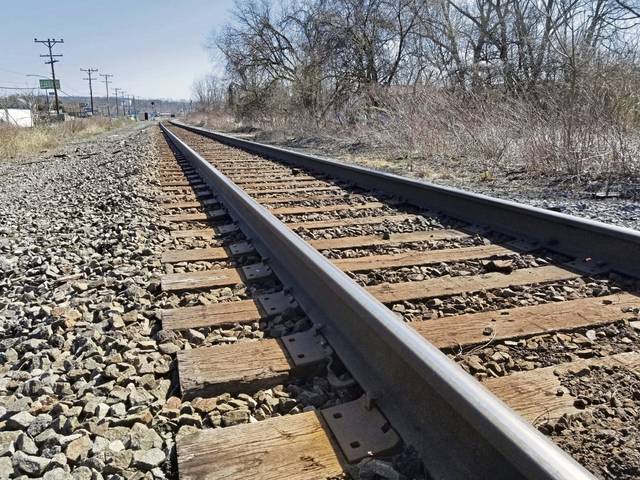https://staging.triblive.com/local/carlynton/john-oyler-the-cumbres-and-toltec-scenic-railroad/
John Oyler: The Cumbres and Toltec Scenic Railroad

As I mentioned last week, the highlight of my recent trip to Colorado was a memorable ride on the Cumbres & Toltec Scenic Railroad. We drove from Alamosa to Antonito, making certain to be there in time for the scheduled 10 a.m. departure.
Sara had purchased Tourist Deluxe tickets for us, which gave us access to a car outfitted like a dining car. It was the sixth of seven cars in the train, directly following an open gondola car that provided an opportunity for passengers to get “up close and personal” with the environment.
Leaving Antonito, our train headed to the southwest on the San Luis Valley floor with sage brush as far as one could see in either direction. In the distance, we could see a flat-topped rise that appeared to be a classic mesa.
After about 7 miles, our route made the first of 11 crossings of the Colorado-New Mexico border. Eventually, it turned and climbed up the face of the mesa, an elevation change of about 600 feet.
Soon the train began to climb off the mesa and up into the foothills, employing long horseshoe loops with the sharp curves that the narrow gauge permitted. We came into an area dominated by ponderosa pine trees, many of them dying because of bark beetle infestation.
At the Big Horn Wye, we reached the 9,000-foot elevation and began to encounter aspen trees. The first tunnel, through weathered volcanic ash, is appropriately called “the Mud Tunnel.” Once through it, the train passed through spectacular scenery with volcanic pinnacles, spires and pedestal rocks at every turn of the perpetually twisting route.
Unlike the Mud tunnel, the Rock Tunnel had to be blasted out of Precambrian rocks that were nearly 2 billion years old.
After disembarking at Osier for lunch, we crossed Cascade Creek on the Cascade Trestle.
To reach the highest point on our journey, Cumbres Pass, we had to negotiate another long loop with a hairpin curve at its middle, Tanglefoot Curve. The pass, at an elevation of 10,015 feet, is the highest point reached by any narrow-gauge railroad in North America. It is also the lower boundary of the subalpine life zone, characterized by heavy snow in the winter, luxuriant wildflowers in the spring and summer, and very few trees.
Our route now took us around Windy Point, an outlook high above Wolf Creek Valley, and then across the headwaters of Wolf Creek. We proceeded to follow the valley to the southwest, high on the mountain above it, eventually crossing into New Mexico for the final time.
The incessant squeal of the locomotive’s brakes was a constant reminder of the steep 4% grade we were negotiating.
The western terminus for the Cumbres & Toltec is Chama, N.M. Back below 8,000 feet, it is in an environment of cottonwoods and willows. The railroad complex there is impressive, including a rare coaling tipple that provides coal to the tender.
At Chama, we were met by a C&TS tour bus which comfortably returned us to Antonito on the aforementioned Route 17.
It goes without saying that this was a marvelous experience for me, certainly one of the most memorable of my many rail-fan adventures. Many thanks to Sara for making it possible.
Copyright ©2025— Trib Total Media, LLC (TribLIVE.com)
